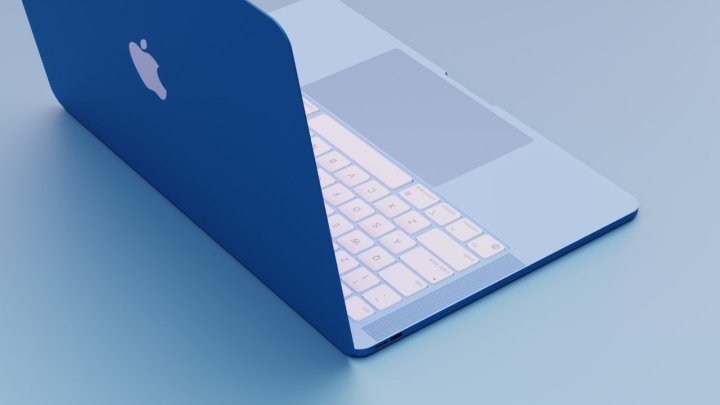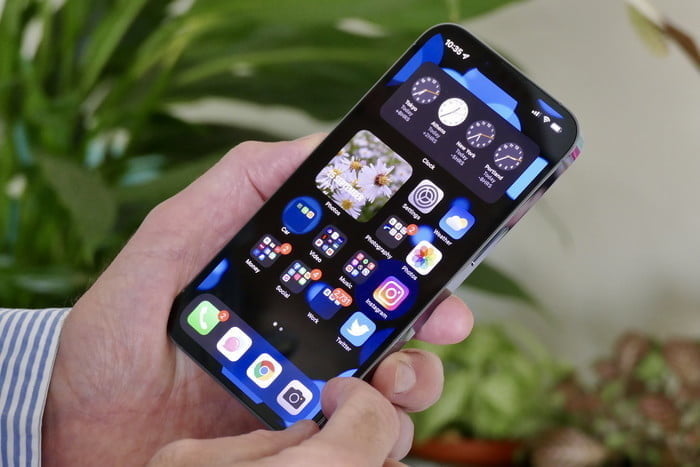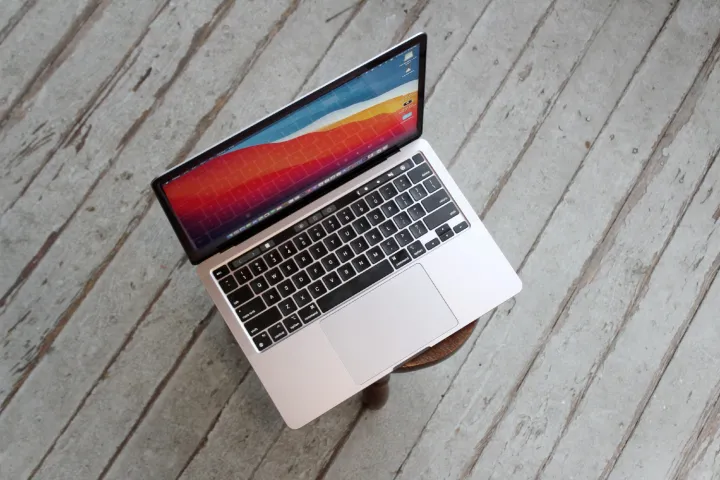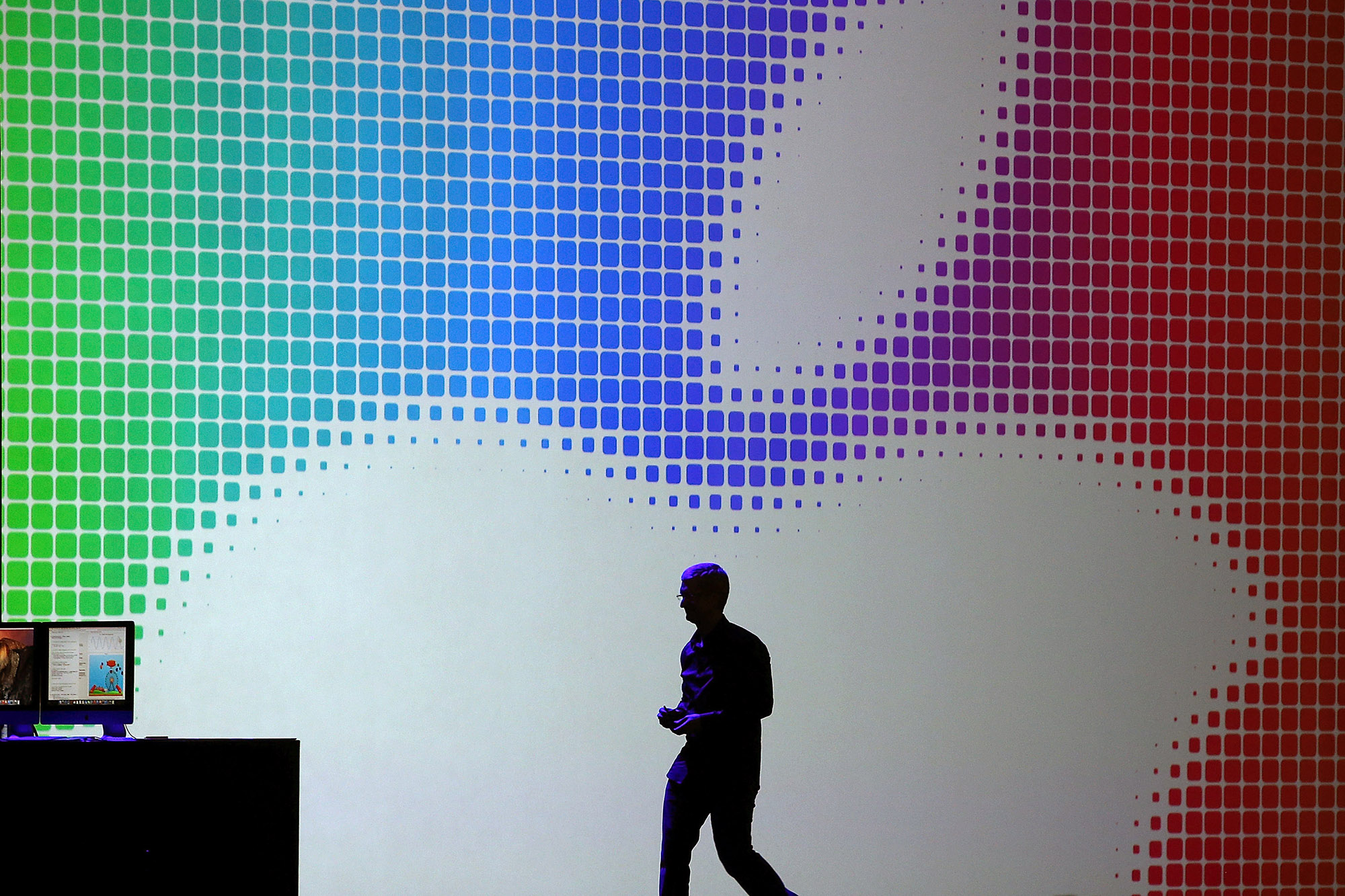Apple is just about to start the 2022 edition of its Worldwide Developers Conference. Known as WWDC for short, this year’s developer conference will be streaming its main keynote online, as well as its various breakout sessions throughout the week.
The focus of the event will be on the latest versions of its operating systems, including iOS, iPadOS, MacOS, watchOS, and tvOS. There’s even a chance we’ll see a sprinkle of some new hardware on the Mac side of things. Here’s everything we know so far.
When is WWDC 2022?
WWDC is returning as an online forum for developers, and the event gets started on June 6. Apple’s main keynote and Platforms State of the Union presentation get us started. Whether it is pre-recorded or shot live, the livestream can be accessed through Apple’s events page as well as the company’s YouTube channel.
“Apple today announced it will host its annual Worldwide Developers Conference (WWDC) in an online format from June 6 through 10, free for all developers to attend,” the company said. “Building on the success of the past two years of virtual events, WWDC22 will showcase the latest innovations in iOS, iPadOS, MacOS, watchOS, and tvOS, while giving developers access to Apple engineers and technologies to learn how to create groundbreaking apps and interactive experiences.”
A full schedule for WWDC 2022 has not yet been published, but Apple promises there will be plenty of breakout sessions that will be available to watch online and through Apple’s Developer app.
“This year’s program will also include more information sessions, more cutting-edge learning labs, more digital lounges to engage with attendees, and more localized content to make WWDC22 a truly global event,” the company said.
The keynote, as always, will take place at 10 a.m. PT. The State of the Union, meanwhile, is scheduled for 2 p.m. PT. Apple will also host its annual design awards at 5 p.m. PT.
MacBook Air with M2 refresh

Though historically WWDC is not an event where hardware announcements are made, there have been some notable exceptions. These include the introduction of the Power Mac G5, the Mac Pro, iPhone 3G, and more in years past. And with all the recent rumors swirling around an entirely redesigned MacBook Air, Apple’s venerable entry-level notebook could potentially make its debut at this year’s WWDC.
Like the current M1-powered MacBook Air, the new Air would be powered by Apple’s custom processor, but it will blend the current thin-and-light design with a new focus on colors — similar to what Apple had done for the iMac desktop — and an emphasis on even stronger performance for 2022.
Alongside the new laptop, Apple could potentially announce an update to the M1 processor in the form of the M2. The M1 CPU has been found on Mac computers like the Mac mini, MacBook Air, MacBook Pro, and iMac. It has even found its way into Apple’s iPad Pro and iPad Air tablets. The M1 family also expanded, with the addition of more powerful variants, like the M1 Pro, M1 Max, and M1 Ultra processors, as seen in the Mac Studio.
Apple’s M2 could debut first in the highly anticipated MacBook Air and make its way onto more Mac and iPad hardware down the road.
Refreshed Mac Pro with new Pro Display XDR

Given that WWDC is focused on developers, Apple could also use the event to continue to tease more details about a refreshed Mac Pro. The Mac Pro remains the only Mac model — other than the seemingly discontinued 27-inch iMac — that has not seen a transition from Intel to Apple’s custom silicon. However, most recently with the launch of Apple’s latest Mac Studio and Studio Display, company executives have officially stated that they are working on an update to the Mac Pro, which debuted in 2019.
Since Apple introduced the M1-powered lineup, there have been ongoing rumors that a new Mac Pro could come with a custom Apple silicon that’s made up of either 20 or 40 compute cores, configured with either 16 high-performance cores and four efficiency cores in the case of the former or 32 high-performance cores and eight efficiency cores for the latter. These chips would come with integrated graphics with either 64 or 128 GPU cores, making it a powerful replacement to succeed the Intel Xeon-powered Mac Pro, which currently starts at $5,999 and tops out with 28 cores on higher-end configurations.
For reference, the M1 Ultra on the Mac Studio, which is currently the most powerful ARM-based Mac in Apple’s lineup, comes with a 20-core processor with 114 billion transistors and 64 GPU cores that are achieved by connecting two M1 processors. More recently, it’s been speculated that Apple could utilize a similar Ultra CPU strategy by stringing together two M1 Ultra CPUs to achieve silicon with 40 compute cores and 128 GPU cores, according to a report on AppleInsider.
In terms of design, Apple is believed to retain the cheese grater, all-metal aesthetics of its current Intel-based model designed to maximize airflow and keep things inside running cool. The new model could retain the same styling but arrive in a more compact design.

And before Apple’s Peek Performance presentation this Spring, early rumors suggested that Apple was looking at replacing the Pro Display XDR with a new monitor. However, as it turns out, that rumored display launched as the Studio Display, leaving Apple’s expensive Pro Display XDR without a true successor. That may change at WWDC, as it’s now rumored that Apple is working on a new Pro Display XDR with a 7K resolution panel.
It’s unclear how Apple plans on using the 1K of additional pixels from the current 32-inch Pro Display XDR, which comes with a 6K panel. The company could keep the same 32-inch form factor, and the extra pixels would make for a very sharp display, or Apple could keep the same 218 pixels-per-inch resolution from the 32-inch panel and bump the screen size to 36 inches, according to a report on 9to5 Mac. The larger screen size could potentially allow Apple to slim down the profile of the Pro Display XDR.
Other big differences between the Studio Display and the Pro Display XDR include the inclusion of a 12-megapixel camera, built-in microphone arrays, and a robust integrated speaker system inside the former, while the latter pulls ahead with its 1,600 nits of peak brightness and support for 10-bit colors.
Factors that are unclear include whether Apple will retain the mini-LED array that helped give the Pro Display its XDR name due to the high contrast, boosted brightness, and sharp colors or if the company will utilize other display technologies. Reputable Apple analyst Ming-Chi Cup had previously speculated that Apple may not launch another mini-LED product this year due to costs.
And if rumors are true that Apple will retain its cheese grater design for the Mac Pro, the company could retain the same design for its rumored new Pro Display XDR panel, given that creative professionals will likely want their pro desktop and display to maintain a cohesive look. Apple was previously criticized for the Pro Display XDR’s expensive stand, which was not included in the box and was an extra cost to acquire.
iOS 16 and watchOS 9

While we don’t expect Apple to announce a new iPhone or Apple Watch in June — those devices generally debut in the fall — we do expect Apple to debut the latest iOS 16 and watchOS 9 platforms. The operating system updates could introduce new UI elements as well as more features that could breathe new life into existing hardware and serve as the backbone for Apple’s new iPhone 14 and Apple Watch Series 8 debuts later in the year. Apple’s software and services will likely comprise the big bulk of the company’s WWDC presentation.
Bloomberg reporter Mark Gurman dropped a hint in May 2022, when he stated in his Power On newsletter that we can expect “major changes” with the iOS 16 preview at WWDC. That could include “new ways of interacting” with the system, as well as “some fresh Apple apps.” It’s not exactly certain what Gurman means by those claims, but MacRumors has speculated the first claim could mean interactive widgets are on the way. As for the “fresh apps,” this could either refer to existing Apple apps getting a refresh, or new apps being added to iOS. But Apple’s apps get updated almost every year at WWDC, so that itself wouldn’t really be newsworthy. That might mean we will see some all-new apps from the Cupertino giant this time around.
Apple has also previewed a few accessibility features that will be coming to iOS later this year, and which will presumably be announced at WWDC. One new feature is Door Detection, which alerts users who are blind or low vision to the presence of nearby doors, whether the doors are open or closed, and whether the door can be opened by pushing, turning a knob, or pulling a handle. Elsewhere, Apple has previewed live captions on iPhone, iPad, and Mac for deaf and hard-of-hearing users, and a new tool called Apple Watch Mirroring, which lets you control an Apple Watch from an iPhone screen.
With iOS 16 this year, it’s believed that Apple’s minimum hardware requirement will be an iPhone 7 or later to get the update. Apple fan sites are speculating that new features for iOS 16 include automatic crash detection, which would mimic the safety features of OnStar on car models from GM and allow the iPhone to dial for help if it senses you’ve been in an automobile accident; support for satellite communications for emergency calls (which might also come to watchOS); and more support for augmented and virtual reality applications ahead of the debut of the rumored mixed reality headset.
While the new software for Apple’s various platforms likely won’t be ready until the fall, the new operating systems could soon be available after WWDC for developer testing. Apple will also likely follow its developer testing with a public beta shortly after. A general release for all consumers will be available in the fall.
MacOS 13 and iPadOS 16
Both iPadOS and MacOS will likely also be touched on at the show, though little is known about what features the new versions will bring.
The major rumor around iPadOS 16 this year is regarding resizable windows. It feels a long shot, but there have been recent rumors about some kind of new multitasking mode for iPads that would allow for freely resizable windows, which would greatly expand the capabilities of the iPad.
With MacOS, we’ll obviously be waiting on the unveiling of its name as the model to succeed Monterey. Given that Mammoth was another name that had floated around for the release of MacOS 12, with Apple ultimately choosing the Monterey name for the 12th edition of MacOS, MacOS 13 could potentially be named after the alpine California destination known for its mountains and lakes.
While Apple has been steadfast in keeping the iPad and the Mac separate hardware platforms, there is no denying that, on the software side, iPadOS and MacOS have been inching closer together in recent years. With the iPad-ification of the Mac, we’ve seen features like Control Center and a unified Notification Center come to MacOS, and Universal Control is blurring the line between the tablet and desktop. Rumors point to more of this coming in MacOS 13, such as a redesign of System Preferences to match iOS and iPadOS.
At this point, it’s anyone’s guess on what new features will be available on MacOS 13, but we do believe Apple will continue to support Macs with Intel processors as well as new Arm-based Macs with the latest updates. It’s expected that MacBook models from 2016 onward, MacBook Air and Pro models from 2015 and later, Mac mini models from late 2014 and later, and the Mac Pro from 2013 or later will be able to get the latest macOS 13 update.
For reference, key Monterey features like SharePlay and Universal Control were introduced at last year’s WWDC (although they didn’t go live in betas until much later).
If Apple follows last year’s timeline, MacOS 13 will be officially available to all consumers to download in late October. Monterey was available on October 25, which was a Monday. If Apple continues the trend, MacOS 13 could be available to everyone on Monday, October 24, following months of developer and consumer testing.
Whatever Apple decides to announce, be sure to stay tuned to Digital Trends. We’ll cover all the latest news from WWDC and Apple’s keynote announcements.
realityOS mixed-reality headset?

We’ve known that Apple has been working on its first official mixed-reality headset for some time now, though many of the rumors have been hearsay. The name of the software powering the headset has been known for a while now, which is to be “realityOS.” The rumored name for the headset, meanwhile, is the Apple View.
When it eventually launches, the mixed-reality headset hardware is rumored to support both VR and AR experiences, have an 8K display, and, of course, be powered by Apple’s own M1 chips. The release date of the rumored product is still reported to be in 2023, though. So, why provide a preview of the realityOS headset now?
Well, it’s a new product category for Apple, meaning it’ll require some lead time for developers to get on board. Apple did a similar thing with other new hardware such as the Apple Watch and the M1 chips in the past. Depending on when the release date ends up being, WWDC 2023 could be too late.
MacBook Pro 13-inch and Mac Mini

There are also rumors that Apple is working on a MacBook Pro 13-inch with an M2 processor, and the notebook could launch alongside the refreshed Air at WWDC 2022, though this is unconfirmed. The rumored new 13-inch Pro laptop is believed to keep its current design without the notched display, unlike the larger 14- and 16-inch models. Internally, it’s rumored that Apple could drop the “Pro” name from this laptop, and the 13-inch model could be simply called the MacBook. Rumors say that Apple may finally drop the Touch Bar from the design too.
Most recently, the possibility of other Mac hardware launching in addition to the MacBook Air seems unlikely. There is no precedent for this amount of hardware to launch at WWDC, even though it would be odd for Apple to announce a MacBook Air with the M2 without also mentioning the spec bump for the MacBook Pro 13-inch and Mac Mini.
Editors’ Recommendations
